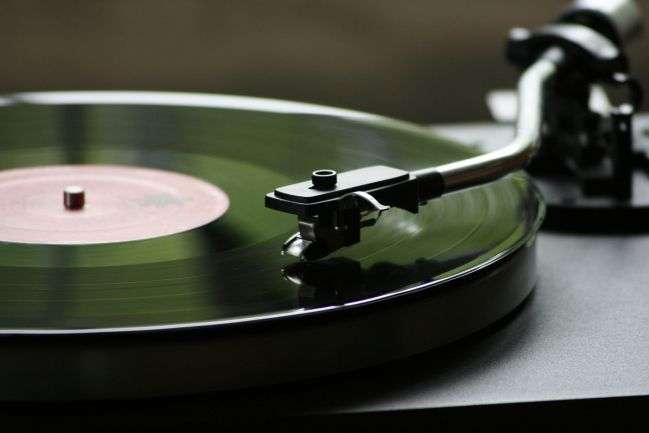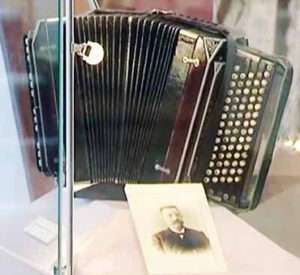
Dee Jay – how to mix harmonically?
How to mix harmonically?
Harmonic mixing, an issue that was once known only to professionals, but today more and more people take advantage of this possibility. Various programs come with the help of harmonic mixing – analyzers, as well as many soft devices that support today’s controllers have a built-in ability to arrange songs in relation to the key.
What exactly is “Harmonic mixing”?
The simplest translation is the arrangement of pieces in relation to the key in such a way that the transitions between the individual numbers are not only technically good, but also smooth.
A tonal set will be much more interesting, and the potential listener will sometimes not even be able to hear the track change from one to the other. The mix played with the “key” will gradually develop and will keep the atmosphere of the set from start to finish.
Before explaining how he uses harmonic mixing, it is worth looking at some basics and theory.

What is key?
Key – a specific major or minor scale on which the sound material is based on a piece of music. The key of a piece (or part of it) is determined by taking into account key signs and the chords or sounds that begin and end the piece.
Range – definition
Scale – it is a musical scale that begins with any note defined as the root of the resulting key. The scale differs from the key in that when speaking about it, we mean successive notes (e.g. for C major: c1, d1, e1, f1, g1, a1, h1, c2). The key, on the other hand, determines the basic sound material for a piece.
For the sake of simplicity, we limit the definitions to two basic types of scales, major and minor (happy and sad), and these are what we use when using the so-called Camelot Easymix Wheel, i.e. a wheel on which we move clockwise.
We move around the inner “circle” as well as the outer one. For example, when we have a piece in the key of 5A, we can choose: 5A, 4A, 6A and we can also go from the inner circle to the outer circle, which is often used when making live mashups (e.g. from 5A to 5B).
The topic of harmonic mixing is a very advanced issue and to clarify all the mysteries one should refer to music theory, and yet this tutorial is a guide for beginner DJs, not professional musicians.
Examples of programs analyzing songs in terms of key:
•Mixed in key
•Mix master
On the other hand, among the DJ software, the popular TRAKTOR from Native Instruments has a very interesting solution of the “key” section, it analyzes the songs not only in terms of tempo and grid, but also in terms of tonality, marking it with colors and segregating it from top to bottom with an increasing tendency, be declining.

Summation
Before the invention of key analysis software, a DJ had to have excellent hearing and song selection skills to stand out from the crowd. Now it is much easier due to the advancement of technology. Is that okay? It’s hard to say, “mixing in key” is a kind of facilitation, but one that does not exempt the DJ from listening skills.
The question is whether it is worth it. I think so, because only in this way can you be sure of the perfect mix of the two tracks and that the atmosphere in your set will be maintained from start to finish.





